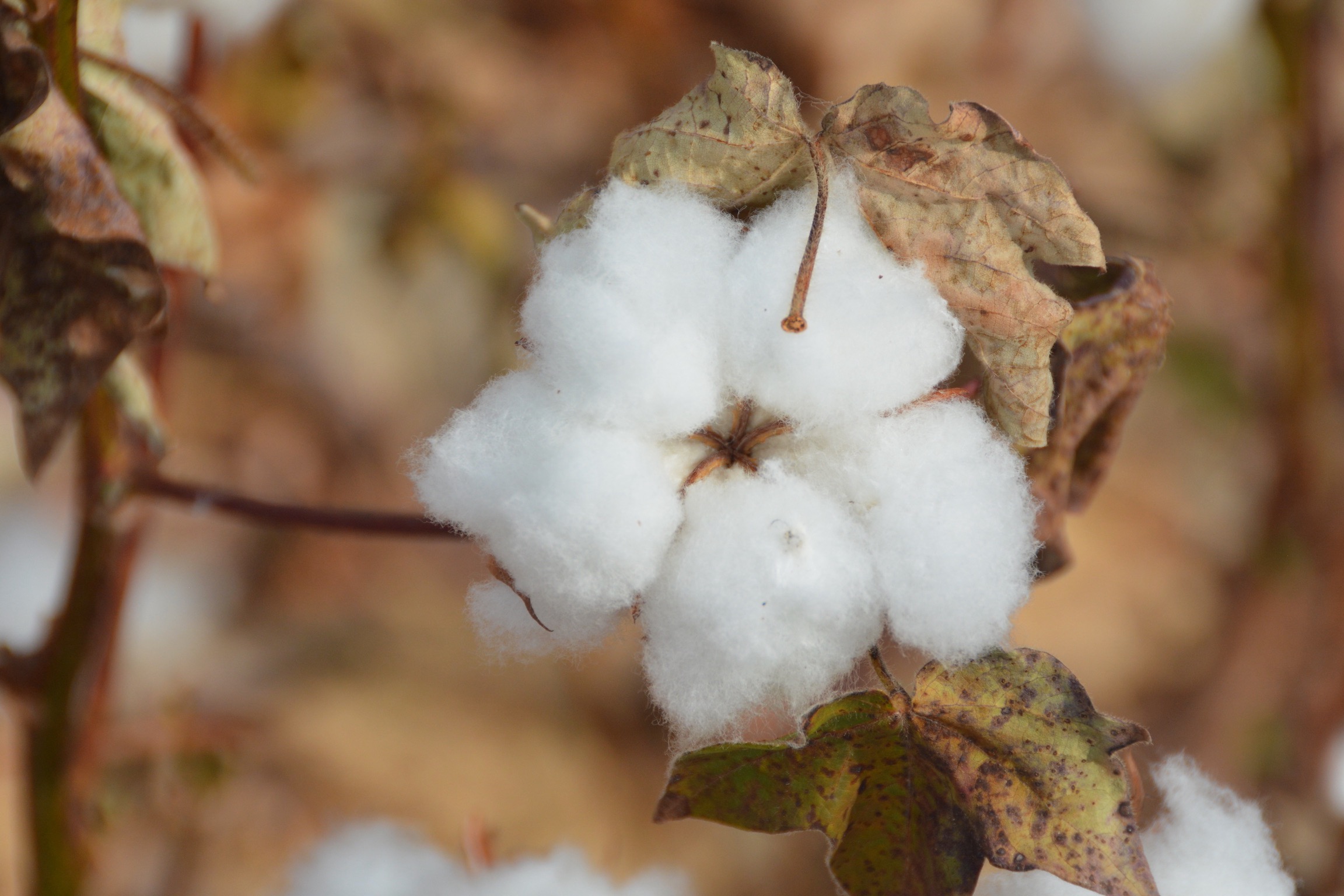East-Central Texas Farmer Blown Away By Cotton Yields This Year
U.S. Farm Report 10/28/23 - Cotton Harvest Tour: Texas
U.S. Farm Report and AgDay is hitting the fields to check on cotton harvest progress and yields with the 2023 Cotton Harvest Tour this year, which is sponsored by Deltapine®. The tour is visiting farmers in east-central Texas, Georgia, Tennessee, and wrapping up in West Texas.
With every pass, and every turn, cotton harvest produced surprises for Mac Kutzenberger, who farms just outside of College Station, Texas.
“I did not see this coming,” says Kutzenberger while picking cotton. “I was completely blown away. Cotton is an amazing plant to grow, and it hides a lot of its secrets until you finally get the leaves off of it. And then you go ‘Oh, wow, I didn't see this coming.'”

While the ground he farms is sprawled across a couple counties, the home farm has a continuous 700 acre field that’s located right on the edge of the Brazos River.
“Actually, we had ideal planting conditions, which was kind of a shock,” he says. “Then as soon as we planted this field, it turned off very cool. And we had quite a substantial amount of rain.”
That rain even drowned out parts of this field at planting, with sparse plants in spots signs of the aftermath.
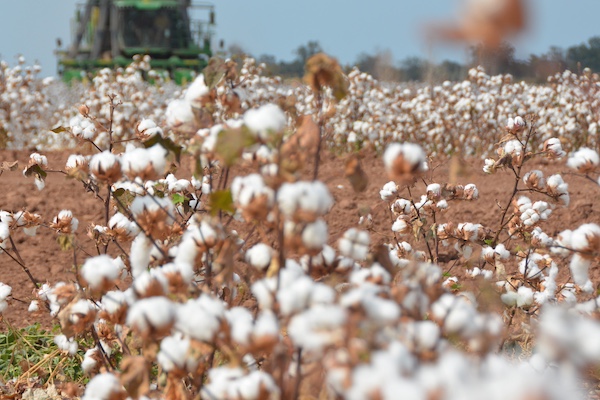
“After mother nature turned off the water spigot, it went extremely hot,” Kutzenberger says.
The area didn’t experience just a week or two of heat, but relentless heat that lasted all summer. College Station set a new record of 50 straight days of triple-digit heat, blowing past the previous record of 30 days.
“We saw daytime normal temperatures that got up to 110 degrees,” he says. “That doesn't even count the heat index. So, it was extremely hot.”
Kutzenberger says what hindered the crop more this year was the fact it stayed so warm at night. He saw temps hovering around the mid to upper 80s at night, not giving the plants enough time to rest.
“Even in the mornings when you'd walk out it was like opening an oven,” he says. “It's that kind of heat that just hits you. So, a lot of this cotton kind of never had a chance to relax at night, similar to what everybody else gets to do when they get home at night. That was one of our main struggles, as well, this year.
Piled on top of the temperatures was the fact this area also saw no rain during that time. Kutzenberger says that made keeping the crop irrigated a major hurdle.
“I like to call irrigation a rainfall supplement, not a rainfall substitution. And this year, it was rainfall substitution,” he says. “It's very hard to try to keep up when mother nature doesn't give you a little bit of a help."
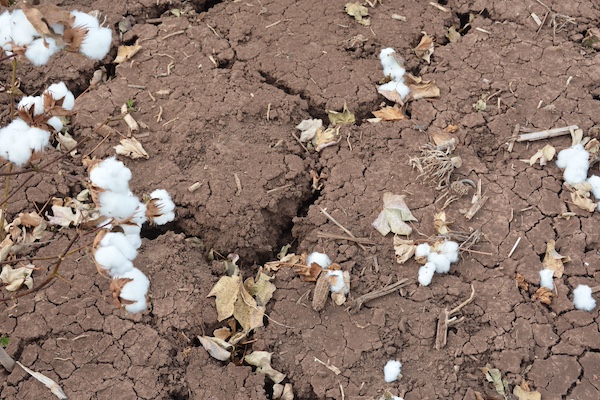
Ask any Texas farmer, and they’ll tell you 2023 was definitely a struggle growing cotton. With high heat and little rain, it was a lethal combination for some acres of cotton. That’s also what makes Kutzenberger’s harvest such a surprise.
“I was amazed by the field that we're sitting in here,” he says. “This is three-plus bale [per acre] cotton crop, and it was actually a shock to me.”
On the edges of the field, Kutzenberger saw yields even higher. As he entered the final rows on the edge of the field, the cotton plants were laying over from all the weight of the plant packed with bolls.
“As we were running through the fields picking this, and in that corner, there were some amazing yields by the instant yield monitor,” he says. “I saw four-bale cotton. I saw spots of four and a half bales, just in the instant yield monitor.”
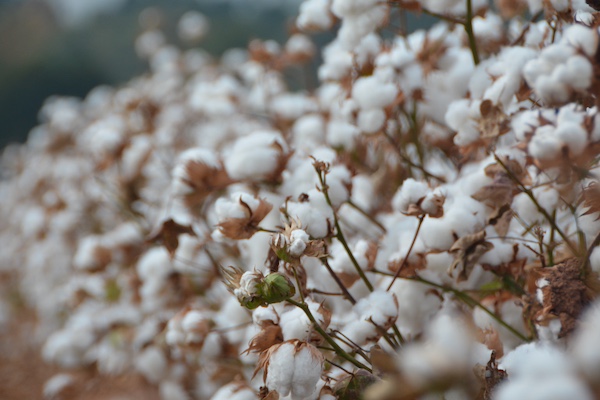
He admits he was pessimistic even a few weeks before harvest, but after they defoliated the crop, that’s when this field revealed the truth.
“Whenever you get to strip it down and get all the leaves off of it and you get to start harvesting it, and you get to see the cotton, I was just blown away this year,” he says.
While the ultimate report card comes from the gin, Kutzenberger says his fields of cotton saw no rain once the bolls were open, which should produce a high-quality cotton crop this year.
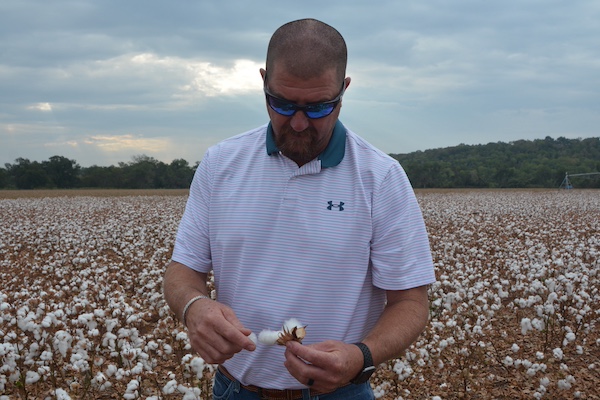
“You get to reap the benefits of what you sow. And so, being able to come out here and get in the cotton picker and harvest a crop like this, when had you asked me a month ago what our cotton crop was going to be like, and I would have told you I’d rather not talk about it,” he says.
After a choppy start and challenging growing season, it's the quality, along with surprising yields, creating a sweet ending to what could have been a very bitter year.
